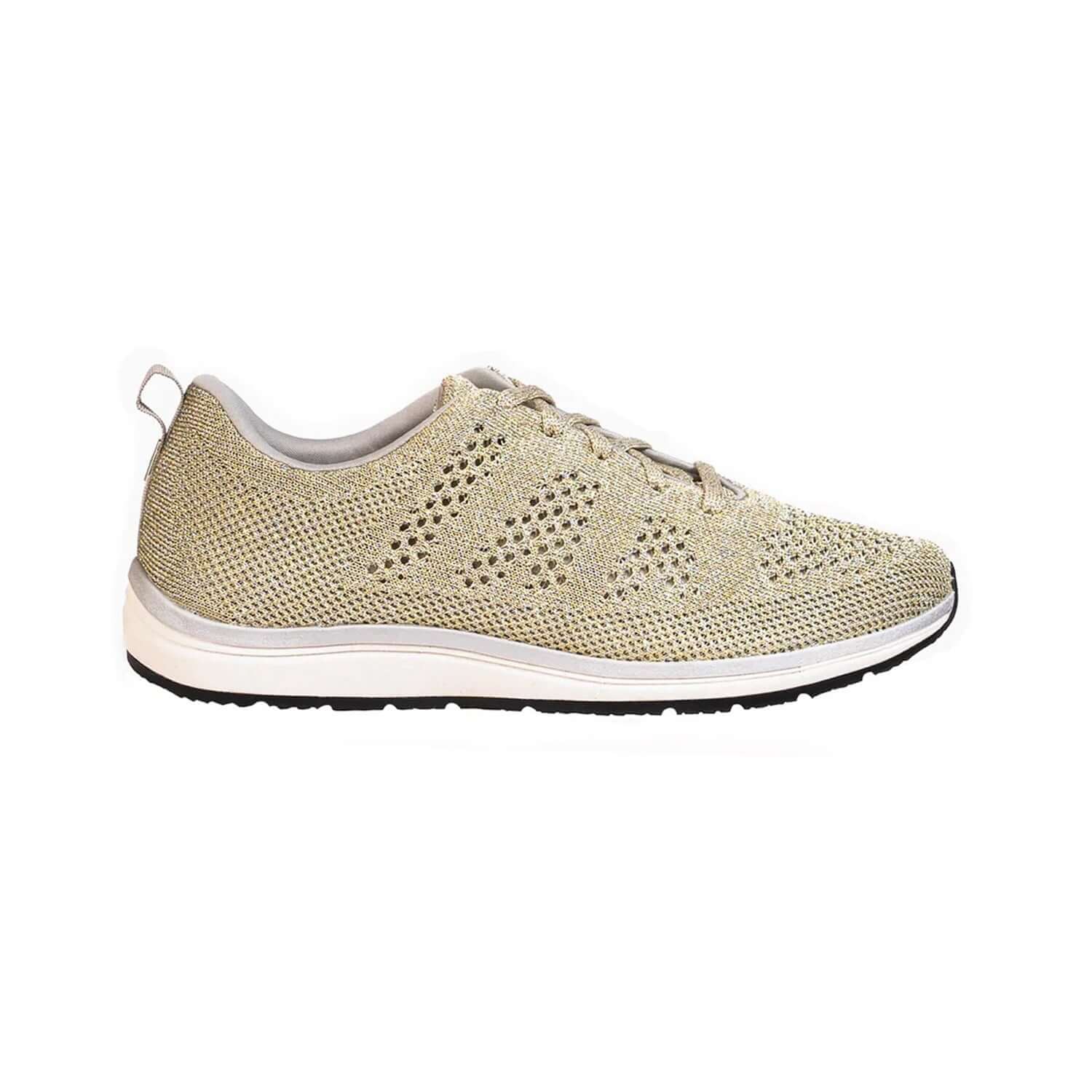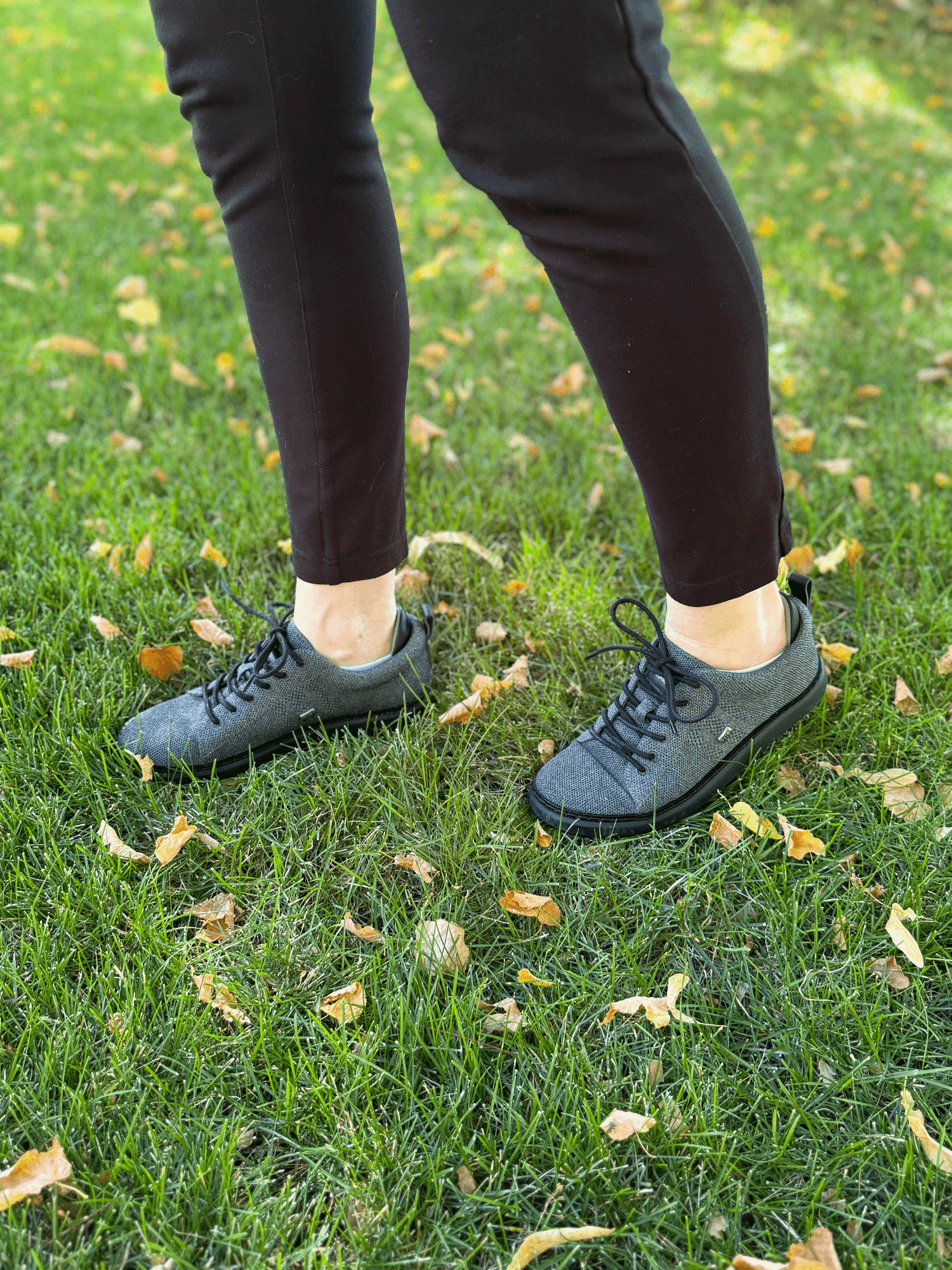Feeling anxious? You're not alone. Anxiety can sneak up on anyone, turning a calm day into a whirlwind of worry.
But don't fret! Grounding techniques are here to help. These nifty methods keep you anchored in the present moment.
Think of them as your mental toolkit for stress relief. They're simple, effective, and can be done anywhere.
From physical exercises to mental tricks, grounding methods offer something for everyone. They're like a warm hug for your mind.
Whether you're at home, work, or on the go, grounding exercises can be your go-to strategy. They're easy to learn and even easier to practice.
Ready to explore these anxiety-busting techniques? Let's dive into the world of grounding and find your calm.
What Are Grounding Techniques?
Grounding techniques act as a lifeline to the present. They're strategies that help you stay connected to the "now" rather than being swept away by anxiety.
These techniques can come in many forms. Think of them as being divided into three categories: physical, mental, and emotional.
- Physical Grounding: Involves activities like walking barefoot or holding an object.
- Mental Grounding: Includes exercises like naming items in your room.
- Emotional Grounding: Encompasses self-soothing activities like deep breathing.
Each type helps bring your focus back and can interrupt spiraling thoughts. Grounding exercises are like pressing a "reset" button for your brain.

Because grounding is so varied, it suits different preferences and situations. There’s something for everyone, making it an accessible tool for managing anxiety anytime.
Why Grounding Methods Work for Anxiety
Grounding methods have a unique way of easing anxiety. They do this by anchoring you to the present moment, which is crucial.
Anxiety often pulls you into a vortex of future worries or past regrets. Grounding brings your attention back to now, breaking this cycle.
Here's why these techniques are effective:
- Shift Focus: Redirects thoughts from stress to current reality.
- Engage Senses: Uses sensory details to calm the mind.
- Immediate Impact: Provides quick relief and prevents escalation.
By engaging the senses and redirecting thoughts, grounding creates a buffer against anxious patterns.

In essence, grounding restores mental balance. It offers respite from the constant buzz of anxious thoughts, helping you regain control and peace.
Types of Grounding Techniques: Physical, Mental, and Emotional
Grounding techniques come in many flavors. Let's break them down into three main categories: physical, mental, and emotional.
Physical grounding involves using your body to reconnect with the present. Think of activities like walking barefoot on grass or clutching a comforting item. These actions engage your senses, providing a solid foundation during anxious spells.
Mental grounding, on the other hand, taps into your cognitive abilities. This might involve counting backward or naming objects in your vicinity. It centers your thoughts on something tangible rather than spiraling stress.
Emotional grounding is all about soothing the soul. Techniques here include deep breathing, positive affirmations, or journaling. These can calm turbulent emotions and foster a sense of self-compassion.
Popular grounding techniques include:
- Walking barefoot outdoors
- Counting objects around you
- Practicing positive affirmations
Each type offers unique benefits. Finding the right mix can be a game-changer in managing anxiety effectively.
Popular Grounding Exercises to Try Right Now
Ready to ease your anxiety with some hands-on grounding exercises? Let's dive into a few that are both practical and effective.
First up, we have walking barefoot outside. Feel the earth beneath your feet and let it anchor you. This simple action can diminish feelings of anxiety by providing a physical connection to the now.
Next, consider holding a cool piece of jewelry or a favorite stone. The textures and temperatures give your mind something direct to focus on, shifting attention away from anxious thoughts.
How about a mental escape? Visualize a place where you feel totally relaxed. Picture every detail, from the colors to the smells. Your mind deserves a mini vacation.
Try these simple grounding exercises:
- Walk barefoot on natural surfaces
- Hold an object that fits in your palm
- Visualize a peaceful setting
For a boost in emotional grounding, jot down what you’re grateful for. This practice helps redirect your focus toward positivity, offering a change in perspective.

If you're short on time, a quick mental list of objects around you can suffice. Rapidly name what you see, hear, and touch.
Combining these practices can create a personalized toolkit for tackling anxiety effectively. Keep experimenting to discover which exercises resonate most with you.
The 5-4-3-2-1 Grounding Exercise
Ah, the classic 5-4-3-2-1 technique! It's a superstar when it comes to grounding. This exercise is all about engaging your senses.
First, look around and name five things you can see. Get specific! Describe colors, shapes, or even flaws.
Next up, listen for four sounds. Each sound you hear shifts your focus externally. It's a great way to escape internal chaos.
Then, notice three things you can touch. Focus on textures, temperatures, or surfaces. Engaging the sense of touch can be remarkably soothing.
Continue with these steps:
- Identify two things you can smell
- Note one thing you can taste
These simple actions help transport you back to the present, gently shoving anxious thoughts aside.
Mindful Breathing and Body Awareness
Breathing—it's something we do all the time, but mindful breathing is a different story. By paying attention to each breath, you invite calmness.
Start by taking a slow, deep breath in through your nose. Hold it briefly, then let it go. Feel your chest rise and fall, tuning into every sensation.
Pair this with body awareness. Scan your body from head to toe, noting any tension. Release it with each exhale, letting go bit by bit.
Try these mindful breathing techniques:
- Deep breaths paired with slow body scans
- Progressive muscle relaxation
- Simple seated meditation
Practicing mental grounding techniques regularly can improve your emotional stability. This makes it a key part of your anxiety-busting toolkit.

Using Your Senses: Quick Grounding Tricks
Quick sensory checks can work wonders. Let's explore how you can harness them in the blink of an eye.
Start with a quick sip of lemon water. Let the tangy taste capture your senses. Focus on the sensation as it wakes up your taste buds.
Next, try listening to music that calms your heart. Melodies can transport you to a different emotional state.
For touch, grab a textured object—maybe a fuzzy pillow. Run your fingers over it. This simple act brings immediate grounding.
Quick sensory tricks include:
- Drinking a cold or hot beverage
- Listening to soothing tunes
- Touching different textures
Using your senses intentionally keeps you grounded, offering quick reprieves from overwhelming sensations.
Personalizing Your Grounding Routine
Everyone's stressors are unique, so why shouldn’t your grounding routine be? Tailoring techniques to suit your lifestyle can make all the difference.
Begin by identifying which exercises resonate with you. Perhaps you lean toward physical activities or mental engagements.

Experiment with combining various methods. Create a blend that feels both comforting and effective for you.
Consider these steps for personalizing:
- Mix and match techniques
- Adjust based on time and place
- Reflect regularly for best results
- Pay attention to sensations
Customize your approach to transform grounding into a personalized ritual, enhancing both its effectiveness and your enjoyment.
When and How to Use Grounding Techniques
Timing is everything, right? That's true for grounding methods as well. Using them in the right moment can make a huge difference.
Apply these techniques when you feel anxiety creeping in or during overwhelming times. They serve as a quick intervention to help regain focus.
To ensure success, remember these pointers:
- Notice early signs of stress
- Integrate techniques into routine activities
- Stay consistent for best results
By weaving grounding methods into your daily life, you’ll find them becoming second nature, ready to assist whenever needed.
Tips for Making Grounding a Daily Habit
Grounding techniques work and making grounding a part of everyday life isn't just practical—it's transformative. Start small and gradually increase the frequency.
Try the following tips to weave grounding into your day:
- Set reminders on your phone
- Pair grounding with existing routines
- Reflect on the benefits experienced
By incorporating these simple strategies, you can make grounding second nature. Before you know it, you'll wonder how you ever managed without these techniques!

Common Questions About Grounding Methods
Many folks have questions about grounding techniques, and that's perfectly normal. Let's tackle some of the common queries you might have buzzing around.
Here are a few frequently asked questions when you practice grounding:
How long does it take to see benefits?
Alright, here’s the deal—we totally get it. You’ve heard about grounding (aka earthing), and now you’re wondering how soon you’ll start feeling all those amazing benefits. The quick answer? It kinda depends on you! But don’t worry, we’ll break it down for you.
First off, some people notice instant results from grounding—yep, like within minutes! Think of it like a "calm-down button" for your body. Many folks feel less stressed and more “chill” after just a bit of time connecting to the Earth. It’s kind of magical, right?
Now, here’s where it gets interesting: For better sleep, less pain, or more energy, you may need to keep at it. It might take a few days or weeks of regular grounding to see these results. The benefits build over time—like a good Netflix binge, but way healthier.
And if we’re talking bigger, long-term stuff like helping with inflammation or improving overall well-being, expect results after consistent grounding over months, especially when you’re using tools like Harmony 783 shoes (shameless plug because, hey, they’re kind of fabulous!).
The big takeaway? Everyone’s journey is different, but grounding is a game-changer for many people. Whether it's your first step or your hundredth, you’re always moving toward better health—one connected step at a time.
Can grounding be done during a busy day?
Oh, absolutely! Grounding during a busy day? Piece of cake. In fact, that’s kind of the beauty of grounding—it’s ridiculously easy to fit into your daily hustle, no matter how jam-packed your schedule is.
Picture this: You’re rushing from one thing to the next, sipping your third coffee (we won’t judge), and bam! You realize you can squeeze in a little grounding magic. How? Simple. Here are some easy-peasy ideas:
- Take a Quick Outside Break - Got five minutes? Kick off your shoes and stand on grass, dirt, or sand. Even just a couple of minutes of skin-to-Earth connection can work wonders to calm your mind and reset your energy.
- Wear Grounding Shoes Like Ours (wink, wink) - Here’s a little plug—you can stay grounded easily with Harmony 783 shoes. Why? Because the carbon-and-stainless-steel plug in our shoes connects you to the Earth while you’re on the go. Whether you’re at work, running errands, or power-walking to your next meeting, you’re grounding with every step. Genius, right?
- Barefoot Coffee Runs or Patio Sessions - If you’re drinking your coffee or having lunch outside, go ahead and slip off those shoes for a moment. Just a touchpoint with the Earth can give you an instant recharge.
- Stretch It Out - Too busy for major grounding sessions? Take a moment to step into your yard or plant your feet on the ground while taking a deep breath. Stretch, refresh, and boom—you’ve grounded.
So yes, grounding is totally doable even during your busiest days. The Earth is always there for you—patient and ready, like a best friend who never judges how chaotic life can get. And with grounding shoes and a bit of creativity, you can stay connected no matter what’s on your to-do list.
Are these methods suitable for all ages?
Oh, absolutely! Grounding is like the universal secret sauce of wellness—it’s totally suitable for all ages, from tiny toddlers to spry seniors, and everyone in between. Seriously, whether you’re 2 or 92, connecting to the Earth can do some pretty magical things for your body and mind.
For the littles, grounding can be as simple as letting them run barefoot in the yard, plop down on the sand, or splash around in a lake. It helps them connect with nature. It can also create a sense of calm. Plus, it might give you five minutes of quiet time!
For adults, it’s a great way to relax, recharge, and keep your body feeling good, even on busy days. (Yeah, we see you, multitaskers!) And for older folks? Oh, grounding is pure gold. It’s great for reducing inflammation, improving energy, and even supporting better sleep. Talk about aging gracefully, huh?
Here’s the important point. If you or a family member doesn’t like going barefoot, that’s okay. Some surfaces can be uncomfortable. You can use grounding products like Harmony 783 shoes or inserts to help. They’re comfy, stylish, and offer all the grounding benefits without putting your soles at risk of stepping on a rogue Lego or cold, wet grass. Genius, right?
So yep, grounding is for everyone—age doesn’t even matter when it comes to channeling those Earth vibes. You can have fun with your family in many ways. You can teach your kids about nature. You can go grocery shopping together. You can also enjoy a walk with grandma.
Remember, everyone's experience is unique. Experiment to discover what grounding exercises resonate best with you. Your journey to understanding grounding is as individual as you are!
Got more questions? That’s what we’re here for, grounding gurus!
Final Thoughts - Embracing Grounding for Long-Term Anxiety Relief
Grounding techniques are like trusty companions on the rocky journey of anxiety relief. They're not just quick fixes but tools that can help build emotional resilience over time.
Incorporating a grounding practice into your daily life doesn't require radical changes. Small, consistent steps can create a profound impact. Remember, it's about progress, not perfection.
With practice, these techniques can become second nature, helping you find peace even amidst life's chaos. Embrace them as part of your wellness toolkit!














































